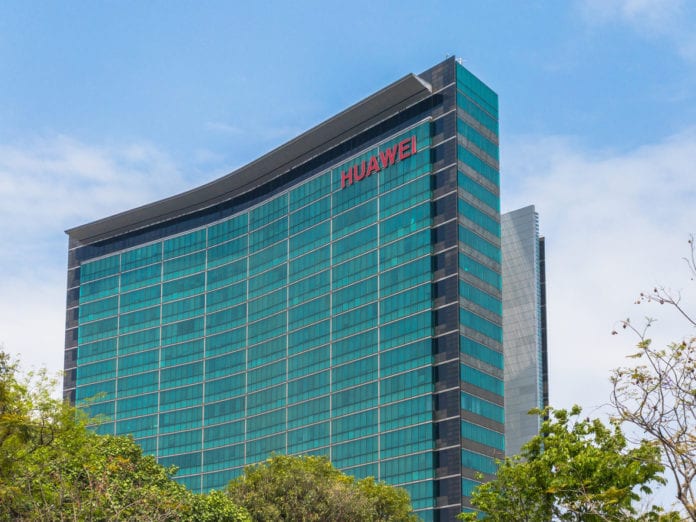“Connectivity has truly become a lifeline,” Huawei SVP says
The global spread of COVID-19 has caused companies and employees to rethink what constitutes the work day, impacted global supply chains, and changed the way we approach learning and socializing. While these key aspects of daily life have changed dramatically, they haven’t disappeared–and that’s largely because of connectivity.
In a recent video interview with RCR Wireless News, Huawei’s Joy Tan, senior vice president of public affairs, shared her thoughts on the role of technology as the COVID-19 pandemic upends the way many people work, learn, seek help and keep in touch with one another.
“The COVID-19 crisis has shown that people depend on the internet now more than ever. Connectivity is essential for people to check in with their family and friends, work remotely, receive medical attention, take classes online and much more. During these difficult times, connectivity has truly become a lifeline.”
Watch the full interview below.
Tan called out connectivity-dependent applications like Zoom and Teladoc that are becoming critical mainstays in the COVID-19 world. As part of the global response to the novel coronavirus, Huawei has worked with partners to enhance existing LTE networks, rapidly deploy new 5G networks and even connect healthcare facilities to embolden the frontline response to the virus.
Similarly, the company has adjusted its own global operations to protect is tens of thousands of global workers while maintaining business continuity particularly as it relates to its manufacturing base and supply chain.
“5G has the potential to transform all industries,” Tan said. “It will also have a significant impact on countries and cities emergency response services and tracking systems. Now more than ever before, we need reliable connectivity.”
In terms of global 5G traction, Tan tallied Huawei’s engagement in 91 commercial contracts, 47 in Europe, 27 in Asia and 17 from other regions. Forty-nine of those networks are currently live, she said.
For more information on some of those deployments, read the following recent articles:
- Huawei, Chinese carriers deploy 5G sites at Mount Everest
- Huawei to boost Ooredoo’s 5G operations in four markets
- Telefonica Spain selects Huawei for part of its core network: Report
- Telefonica Deutschland selects Huawei for 5G build amid global tensions
While she acknowledged moves by the government to block the company from doing business in the U.S., Tan said, “We’re encouraged by the decisions from the European Commission and the U.K. enabling Huawei to continue to participate in the region’s 5G rollout.”
For more information on Huawei’s participation in European 5G developments, read the following recent articles:
- France to allow Huawei to take part in 5G rollouts
- UK government set to allow Huawei to take part in 5G deployments
- Germany’s regulator will not exclude Huawei from 5G contracts
For subject-matter deep dives with Huawei executives and other industry experts, check out the following webinars:

